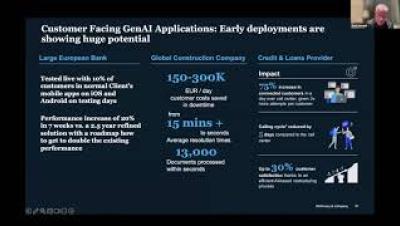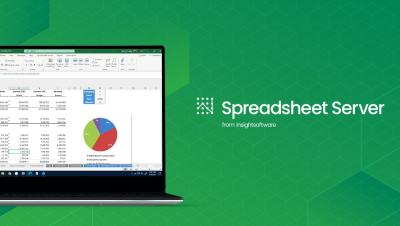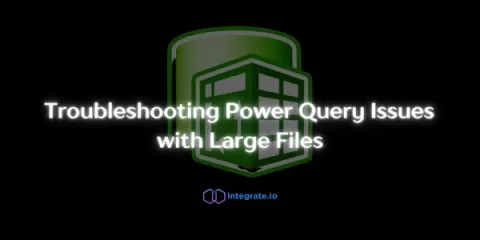Turbocharge Data Integration with Qlik's Unique No-Code/Pro-Code Approach
The world of Data Integration continues to evolve at a rapid pace, and Qlik has evolved along with it at equal pace, starting with acquisitions of Podium, Attunity, and now Talend, Qlik’s Data Integration and Quality solutions are a formidable force to have in your toolkit when you are looking to modernise data engineering in your organisation.











